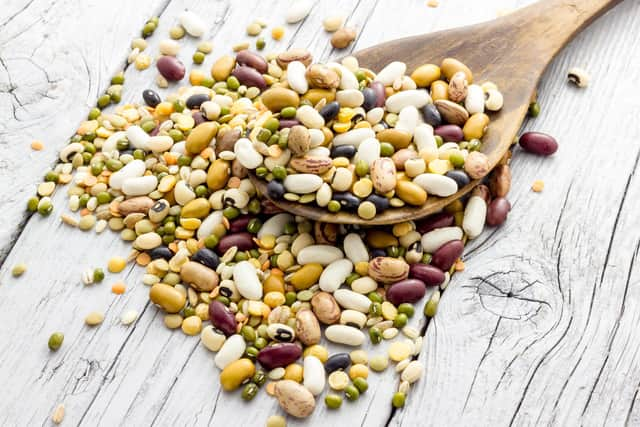Going Green: Think about helping the planet on Valentine’s Day


It’s either something you celebrate a lot and go big or – like most married couples I know – it might be a bottle of wine and a take away on the sofa.
The good news is though however you choose to celebrate it, you can do it in an environmentally friendly way.
Advertisement
Hide AdAdvertisement
Hide AdThere are purchases that only really happen around February 14th that tend not to happen the rest of the year.


The UKs penchant for red roses for example.
The florists and supermarkets are filled with them in February whereas the rest of the year there are bright arrays of different coloured blooms that don’t have such big CO2 emissions attached to them.
Britons buy around eight million red roses in February.
That’s around 570 tonnes with many coming by airplane from Africa.


These contribute to a mammoth carbon dump of 32kg of carbon dioxide per bunch.
Advertisement
Hide AdAdvertisement
Hide AdAccording to SSAW (Spring, Summer, Autumn and Winter) Collective – a community of chefs, florists and growers, a bouquet of 15 British flowers produces only 1.7kg of carbon emissions, 95 per cent less.
But it’s not just CO2 to take into account when it comes to the iconic bright red blooms either, it takes 120 litres of water to grow 12 roses.